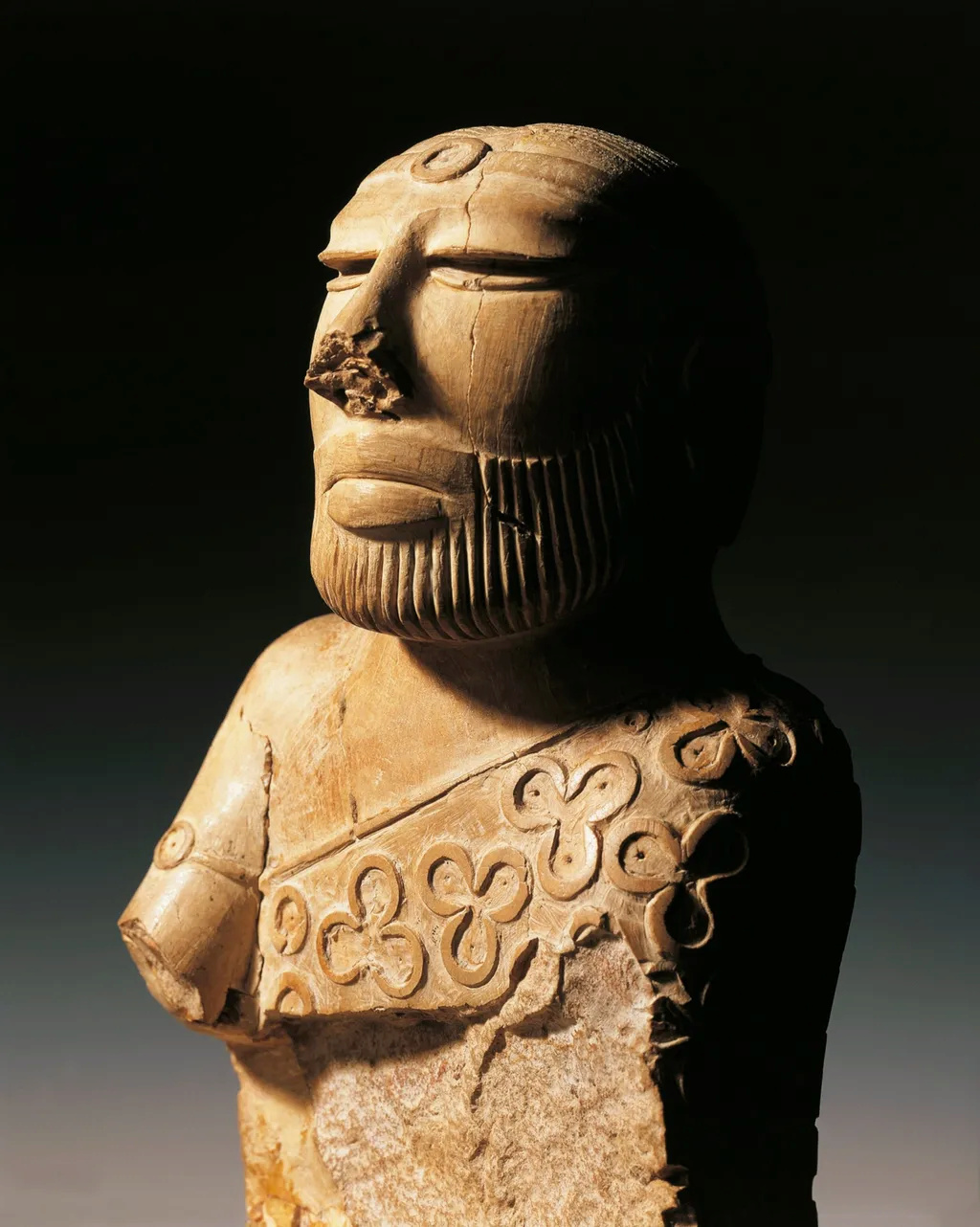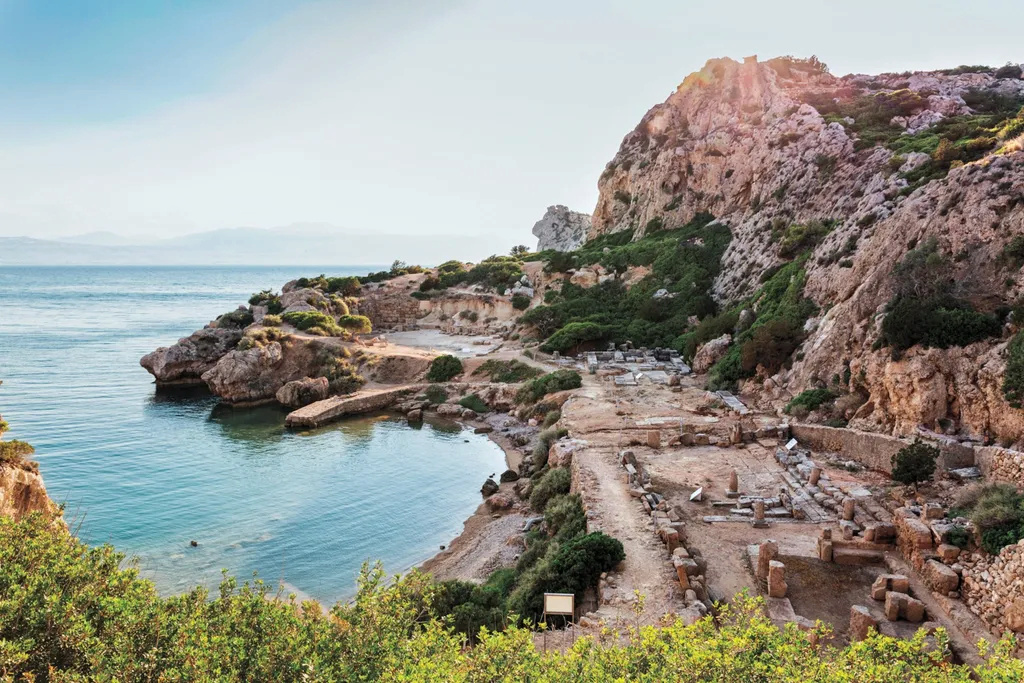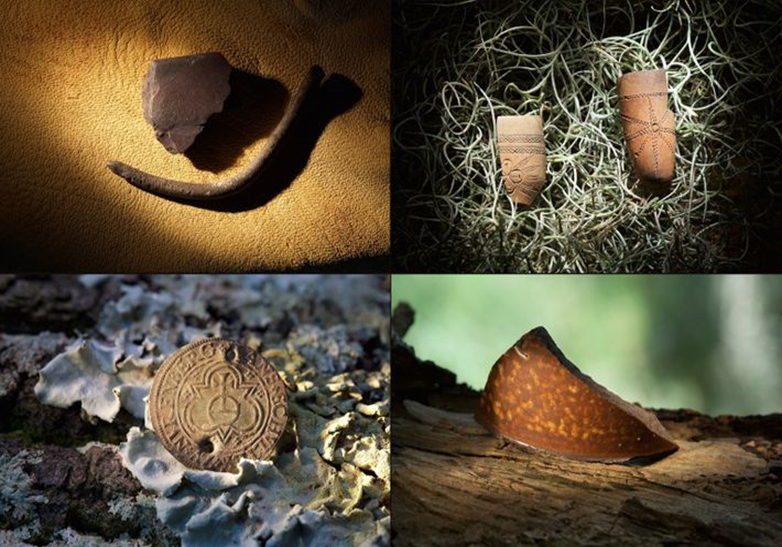These five legendary cities that disappeared centuries ago are resurfacing

Mohenjo Daro was one of the two most important cities of the ancient Indus Valley civilization. The citadel, a center of activity located at the top of the city, dominates the ruins remaining to this day.
For centuries, legends have been circulating without any evidence supporting them...until, recently, archaeologists began to discover traces of their existence.
Athens, Thebes, Rome, and other major cities left behind traces of their cultural, political, and educational dominance in the form of ancient structures and treasures that still exist today. Other civilizations flourished but have since disappeared. An ancient capital of Egyptian dynasties, the first English settlement on the American continent, a Greek religious and cultural center, and many more, have all disappeared without a trace. For centuries, legends of their existence have circulated, until recently archaeologists began to uncover their long-lost secrets. Little by little, their stories, still out of reach, come to the surface.
PROSPEROUS METROPOLISES IN THE FERTILE INDUS VALLEY
The Indus Valley Civilization, equally powerful as that of Mesopotamia and Egypt, ruled between about 2500 and 1700 BC. J. - C. on a territory which includes/understands Pakistan and the Indian subcontinent current. Mesopotamia and Egypt evolved over time, sometimes conquering, sometimes conquered, mixing with other cultures. But the Indus Valley Civilization, though the most important of the three, collapsed and disappeared. We still don't know why.

This bust of the king-priest dressed in a cape decorated with trefoils was found in Mohenjo Daro and would have once been coated with a pink paste.
The inhabitants of the Indus Valley benefited from the very fertile lands of the floodplain of the Indus River and from trade with neighboring Mesopotamia. Two towns, Harappa and Mohenjo Daro, which once housed 40,000 to 50,000 inhabitants, attested to their sophistication and centralized organization. The inhabitants were farmers, traders and craftsmen. The culture was literate, with an elaborate script that remains largely undeciphered. Important innovations include the standardization of weights and measures, as well as the carving of stone seals.
Such a civilization seemed to be well on its way to spreading through the fertile regions around it. However, around 1900 BC. AD, invaders destroyed the fabulous city of Mohenjo Daro. According to recent analysis of river sediments in the Arabian Sea, it could be that abundant harvests during an arctic freezing cold, pushed civilization to take refuge in the hills. Archaeologists continue to dig in search of clues to reconstruct the history of this mysterious culture.

The waters of the Nile, changing course, engulfed Tanis, once the capital of the 21st and 22nd dynasties of Egypt. Archaeologists have discovered ancient treasures at the site, including temples and tombs.
EGYPTIAN CAPITAL AND FLOURISHING COMMERCIAL HUB
Riches unearthed in the ancient city of Tanis, located in the Nile Delta northeast of Cairo, include a royal funerary complex containing gold masks, jewelry, silver coffins and other treasures that could rival those of Tutankhamun. Yet few have heard of this spectacular archaeological site. Those who have read the Old Testament may know it as Zoan, the place where Moses is said to have performed miracles. Today, it is San el-Hagar, a small town without history.

Amulet representing the bird of Ba and coming from the tomb of Hornakht, son of Pharaoh Osorkon II who reigned over Tanis under the 22nd Egyptian dynasty.
The historic city of Tanis was once the capital of Egypt's 21st Dynasty , as well as a thriving commercial hub, long before the rise of Alexandria. Then, it disappeared under the sands when the river changed course.
In the 19th century , European researchers began to uncover parts of the city. However, the most spectacular discoveries came in 1939, when French archaeologist Pierre Montet unearthed a royal burial complex comprising three intact burial chambers, never before visited. Unfortunately, the Second World War broke out, eclipsing his discoveries. While some Tanis treasures can be found today in the Egyptian Museum in Cairo, and a sacred lake dedicated to the goddess Mut was located in 2009, scientists know that there is still much more to discover. Infrared satellite imagery reveals other structures just waiting to be uncovered.

Legends say that the city of Hélikè sank under the waters of the Gulf of Corinth.
AN INFLUENTIAL GREEK CITY-STATE
The ancient Greek city-state of Hélikè was an important economic, cultural and religious centre. She was among Agamemnon's allies in the Iliad and, in the 4th century BC, led the Achaean League, a protective confederation of cities, including Aigo which still exists today. She even established colonies, including Sybaris in southern Italy.
According to classical historians, Hélikè was hit by a natural disaster in 373 BC. AD It is said that for five days, snakes, mice and other creatures deserted the city to take refuge on high ground. Then, an earthquake shook and drove Hélikè into the ground, before the ocean submerged it, decimating its inhabitants.
The lost city went down in legend, its exact location still unknown. Many 19th and 20th century explorers , including Jacques Yves Cousteau, searched for it in vain in the waters of the Gulf of Corinth. In 2001, a team of archaeologists turned their attention to the inland delta formed by the rivers flowing into the gulf. This is where they finally found it: walls, rooms and pottery dating from the 4th century BC. BC, buried under centuries of silt. The long-lost city, which perhaps inspired the tale of Atlantis, has reappeared. Excavations are still continuing today.

Eldorado, the legendary city of gold, prompted many European conquerors to search throughout South America for riches such as this golden bottle in the shape of a man.
THE LEGENDARY CITY OF GOLD
Spanish explorers in South America heard of the legend of Eldorado in the 1500s. Somewhere in the Andes, they were told, the indigenous Muisca people had initiated a new leader by sprinkling him gold from head to toe and throwing gold and emeralds into a sacred lake. The leader was known as El Dorado, "the golden one".
Blinded by greed, Spanish, German, Portuguese and English adventurers advanced into the wild and unforgiving lands of Colombia, Guyana and Brazil in search of this mythical treasure, risking starvation and braving snake bites and diseases. Over time, El Dorado pointed to a man, then a city, and finally a valley paved with gold, just waiting to be broken through. No treasure has ever been discovered.
Some truth must nevertheless be hidden in this legend. The lake mentioned in the Muisca account could be that of Guatavita, in the northern Andes Mountains, near Bogotá, Colombia. Gold objects and jewels have been extracted from it, but attempts to drain it and monopolize these famous riches have all failed. Whatever treasure is hidden there, it remains untouched.

Ancient European treasures provide clues to where settlers retreated after abandoning Roanoke Island.
THE FATE OF THE ROANOKE COLONY
In August 1587, a group of nearly one hundred and fifteen English settlers landed on Roanoke Island, off the coast of present-day North Carolina. These were led by colonial governor John White, accompanied by his son, daughter-in-law and later granddaughter Virginia Dare, the first English child born on the American continent. A few months later, John White sailed for England to refuel. When he finally returned three years later, he found no one. He didn't notice any signs of a struggle, and the only clues were the words "Croatoan" and "Cro" engraved on a wooden post and a tree. The lost settlers were never found.
A map of the "Virginea Pars" region drawn by John White and discovered in 2012 revealed plans for a secret fort located at the bottom of Albemarle Bay, eighty kilometers west of Roanoke. Near the small Amerindian town of Mettaquem, researchers unearthed, at two sites three kilometers apart, a set of ancient European objects that seem very strongly to belong to the disappeared colony of 1587.
A few months earlier, an archaeologist claimed to have found ancient artifacts related to the missing settlers. The latter would have taken refuge on the island of Croatan, where lived the tribe of the same name, today called Hatteras, located nearly 50 kilometers south of Roanoke. Finds include a sword hilt, broken English bowls and a fragment of a slate writing tablet with a letter still inscribed on it. America's first "lost" colony may have broken off and intermingled with native villages. Archaeologists continue to search for clues.
Source : websites

